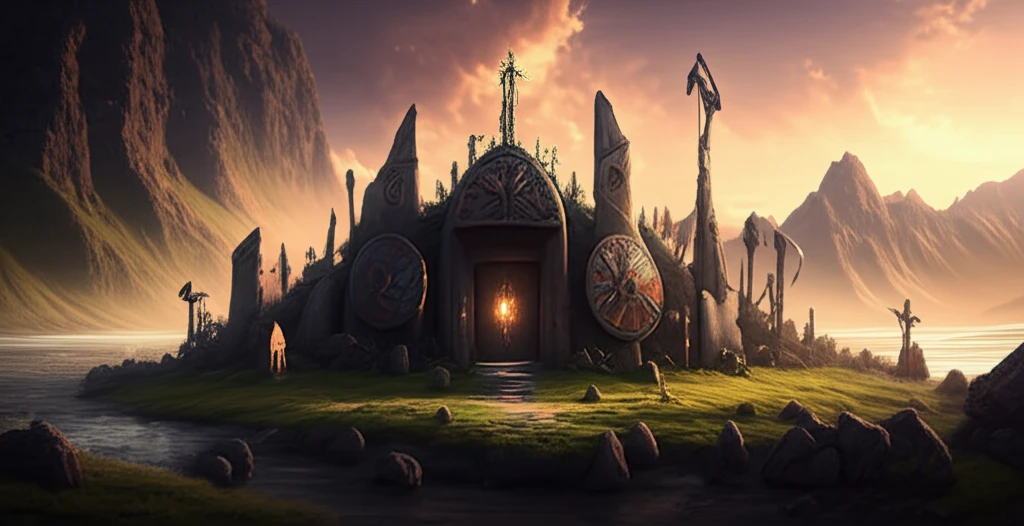
Unearthing Viking Age Burials: How Cultural Shifts Rewrite History
"Explore Viking Age burial customs in Iceland and discover what these fascinating rituals tell us about cultural transitions, religious conversions, and societal values."
The study of cultural and religious shifts offers a captivating glimpse into how societies evolve. Understanding transformations in religious beliefs, particularly, reveals much about a society's values, norms, and overall identity. In Europe, the understanding of past conversions to Christianity, is very important to understand current norms.
Archaeological evidence linked to conversion highlights equally illuminating insights. By observing changes, such as the disappearance of cremation with the introduction of Christian burial customs, one gets a deeper understanding of the society experiencing the transformation, not just the transformation itself. Culture trumps theology in terms of trends and views, ultimately showing which cultural norms take precedence.
This article explores how conversion reshapes societal practices, emphasizing how these shifts aren't solely dictated by religious doctrine, but shaped by culture. Cultural adaptations can illuminate aspects of society, which are essential for grasping the dynamics of religious and cultural change. Viking-age Iceland offers a captivating case study.
Reinterpreting Viking Burial Practices

Examining the burial customs of Viking-age Iceland reveals a complex interplay between conversion and cultural change. Iceland offers a fascinating case study because of its clear and relatively rapid transition in burial customs and church construction following the public decision to convert around 999 or 1000 AD.
- Location of Cemeteries: Pre-Christian cemeteries existed outside home fields, while Christian cemeteries were integrated into farmsteads, signifying a shift from marking territorial boundaries to a focus on community and consecrated spaces.
- Inclusion: Pagan cemeteries included a selected few, a select amount of men, women, children, and in some cases animals, highlighting a hierarchical structure of Viking society, while Christian cemeteries welcomed all members of the community, representing equality in death.
- Grave Goods: The transition from furnished to unfurnished graves demonstrates a change in the use of wealth and resources. As resources shifted towards supporting churches and the community rather than equipping the dead for the afterlife.
A New View of Conversion
The changes in Viking-age Iceland reveal a shift in views, social structures, and economic relationships. These changes reveal as much about the norms, values, and socio-economic underpinnings of Viking society as they do about religious ideas. By examining the archaeological record, and understanding cultural changes, we gain an important understanding of this historical period, how conversion changes society's norms.
